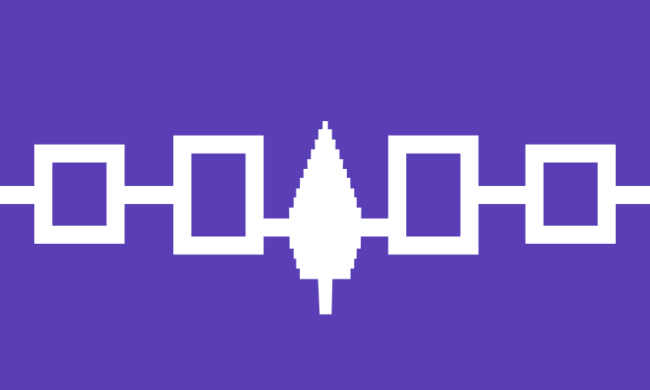
Land Acknowledgement
#HonorNativeLand
Acknowledging Native land is one way we can show respect and work to amend the erasure of indigenous culture and history. This video from the U.S. Department of Arts and Culture seeks to promote understanding and action through acknowledgement. Visit www.usdac.us/nativeland for guides, instructions, and tips on how to continue showing respect.
Native Land Map
Land, culture, and ancestral heritage plays an important part in our lives. Native Land Digital has created an ever-evolving map displaying indigenous territories, languages, and treaties from around the world. This map is also available from Google Play or the Apple Store, as an app.
As seen on the map, D'Youville rests on Haudenosaunee (pronounced Ho· de·no·sau·nee·ga) territory.
Nations
The Haudenosaunee (Ho·de·no·sau·nee·ga) Confederacy, widely known as the Iroquois Confederacy, was comprised originally of five nations; Mohawk (MO·hawk), Oneida (o·NY·da), Onondaga (on·nen·DA·ga), Cayuga (ka·OO·ga), and the Seneca (SEN·i·ka). The Tuscarora (tus·ka·ROR·a) nation joined in 1722, traveling north to join the Haudenosaunee Confederacy for protection.
The Haudenosaunee Confederacy (People Who Build a House) consists of:
-
The Mohawk Nation (People of the Flint)
-
The Oneida Nation (People of the Standing Stone)
-
The Onondaga Nation (People of the Hills)
-
The Cayuga Nation (People of the Great Swamp)
-
The Seneca Nation (People of the Great Hill)
-
The Tuscarora Nation (The Shirt Wearing People)

The Hiawatha belt (shown above as a flag) was created as a record of peace among the five original nations that made up the Haudenosaunee Confederacy. Following the sun, from east to west, are the symbols of the Mohawk, Oneida, Onondaga, Cayuga, and Seneca nations.
